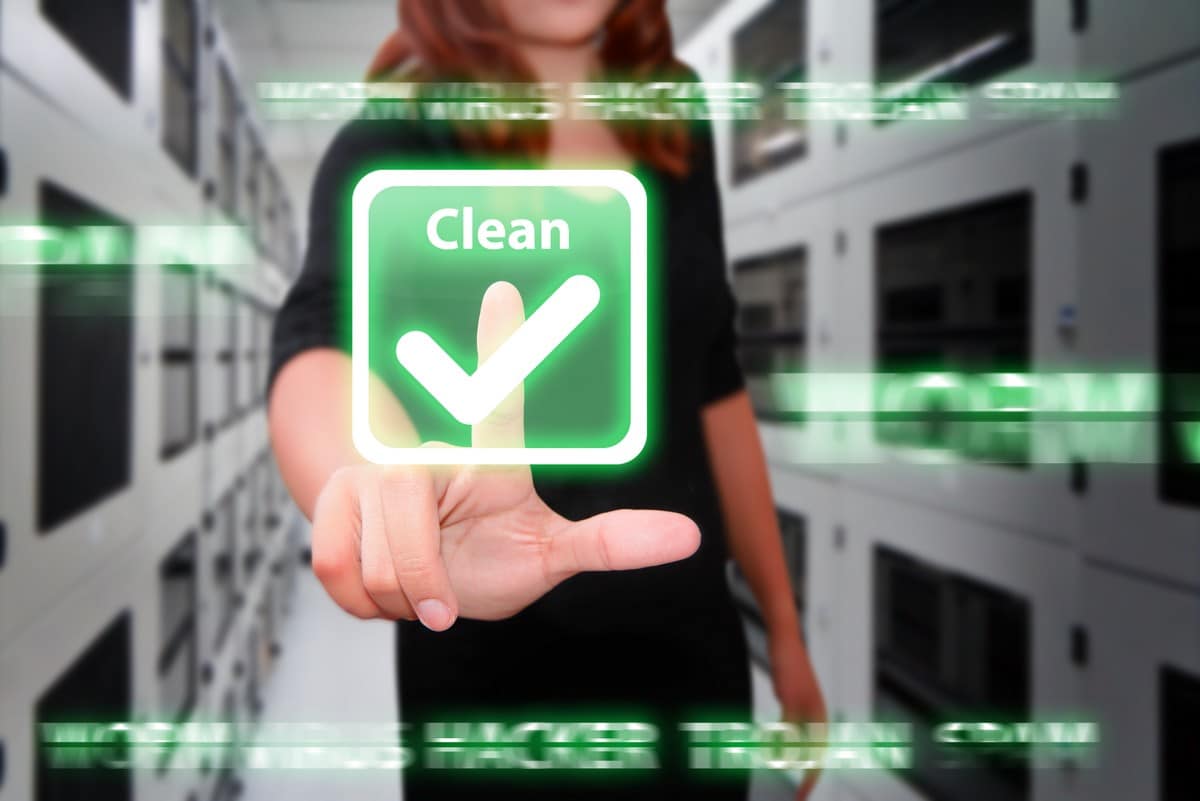Test Altospam’s solutions!
Thousands of companies, CTOs, CIOs, CISOs and IT managers already trust us to protect their e-mail against phishing, spear phishing, ransomware, …

Email security is one of the main issues in IT security. The security of your e-mails is in fact increasingly compromised, as e-mail is now the main vector for the spread of malware, phishing and cyber attacks.
In 2018, there was a lot of news in the field of information security, particularly with regard to the evolution of threats and the techniques used to distribute them. SMS and social networking are still very popular, but e-mail remains the preferred mode of communication for most companies worldwide, and there is no evidence to suggest that it is being phased out. According to Radicati Group, the total number of business and private emails sent and received per day exceeded 281 billion in 2018 and is expected to reach 333 billion by 2022. More than 3.8 billion users communicate by email.
Given these figures, it’s hardly surprising that e-mails are one of the main attack vectors used by cybercriminals. With email being such a widespread tool, used both in the private sphere and in the workplace, cybercriminals have the opportunity to address their attacks to many people at the same time.
Cybercriminals attack e-mail accounts because they are often the weakest link in a company’s security chain. What’s more, after the attack, they can access a virtual treasure trove of information, such as personal data, contacts, confidential company documents and more. Just think, every time you sign up for an online service, you have to enter an e-mail address that can be recovered by hacking the site or simply by buying e-mail address databases.
Email attacks are very economical, fast and wide-ranging. The hacker can easily address millions of addresses with very little effort and very quickly. A new piece of malware, for example, will be very difficult to detect if sent in a wave of e-mails.
Be careful with e-mails, always checking the sender before downloading attachments or clicking on links. If the sender is unknown, it’s a good rule of thumb to avoid any action. Standard antivirus software may not indicate an attachment as an infected file, and the risk of new vulnerabilities, for which solutions are not yet available, remains high.
Very often there will be even minor grammatical errors, such as words and verbs without accents and incorrect punctuation.Always remember that if you are going to receive e-mails from your credit institution in which personal data and private codes are required, it is advisable to contact the bank to confirm the authenticity of the message. This way, you can avoid enormous damage.
It’s important to remain vigilant even if the sender is known: hackers often gain access to the address book by pretending to be in contact with the victim. In a virus-infected mailbox, e.g. that of a colleague or friend, cybercriminals can start up a number of “spam” attacks. spam very similar to normal messages without being noticed.
Protecting your e-mails with specific tools like Altospam is essential to prevent attacks that can be very damaging.
Test Altospam’s solutions!
Thousands of companies, CTOs, CIOs, CISOs and IT managers already trust us to protect their e-mail against phishing, spear phishing, ransomware, …